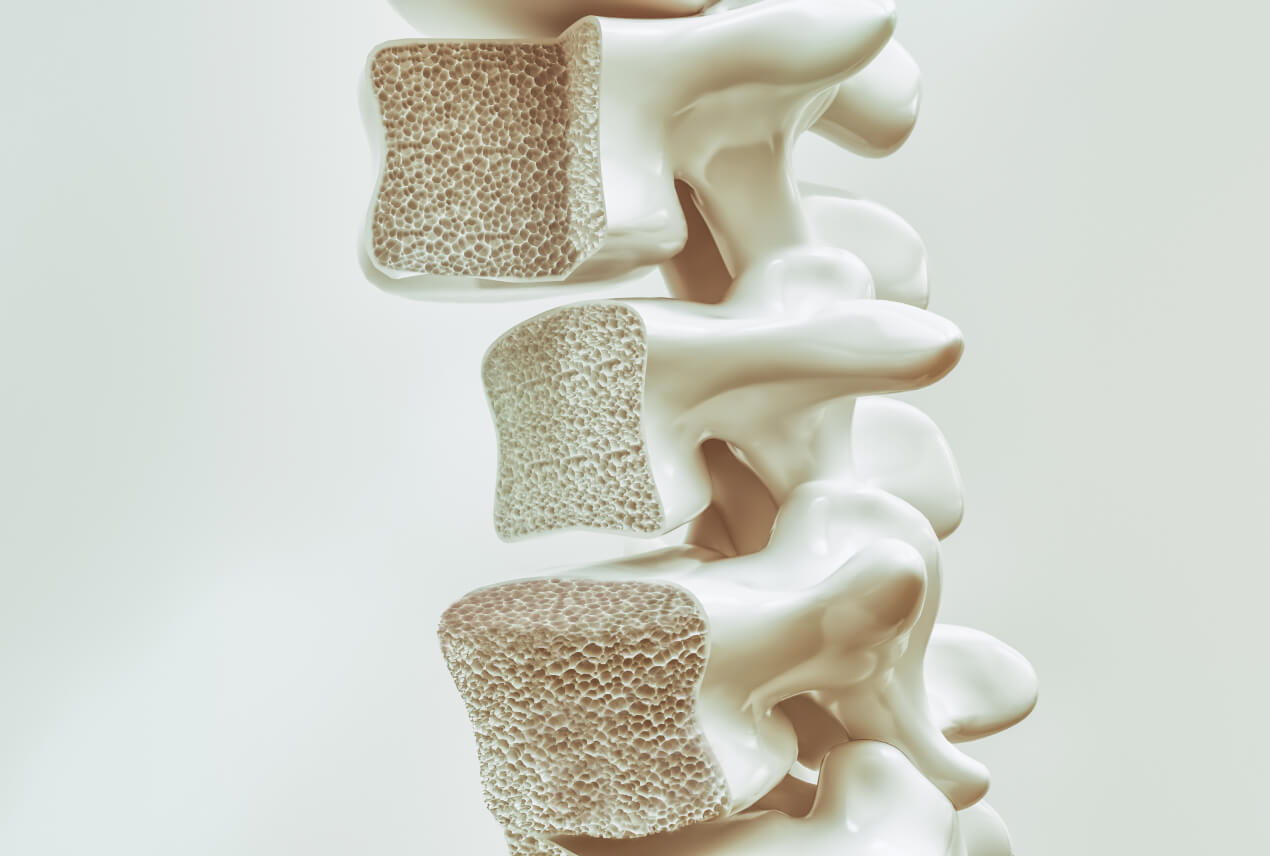Your body is constantly absorbing and replacing bone tissue. But when you have osteoporosis, bone creation slows down and can't keep up with the constant removal.
Around 10 million Americans have osteoporosis, but at least four times that number should still worry about bone health, especially as there are no symptoms of the disease, sometimes until a bone has been fractured.













